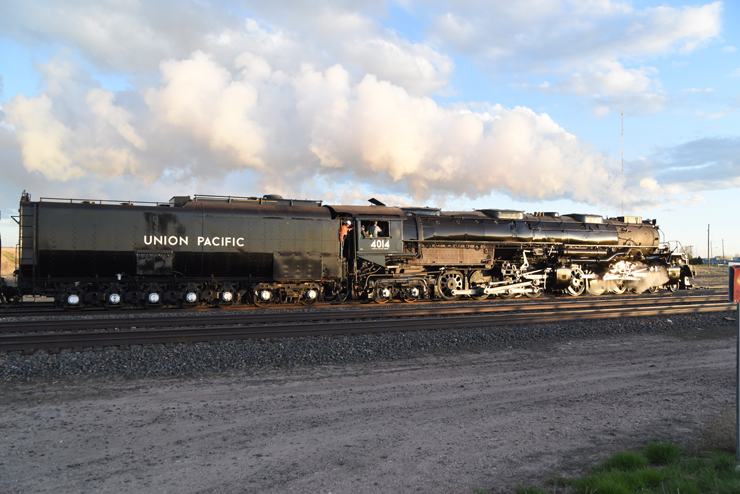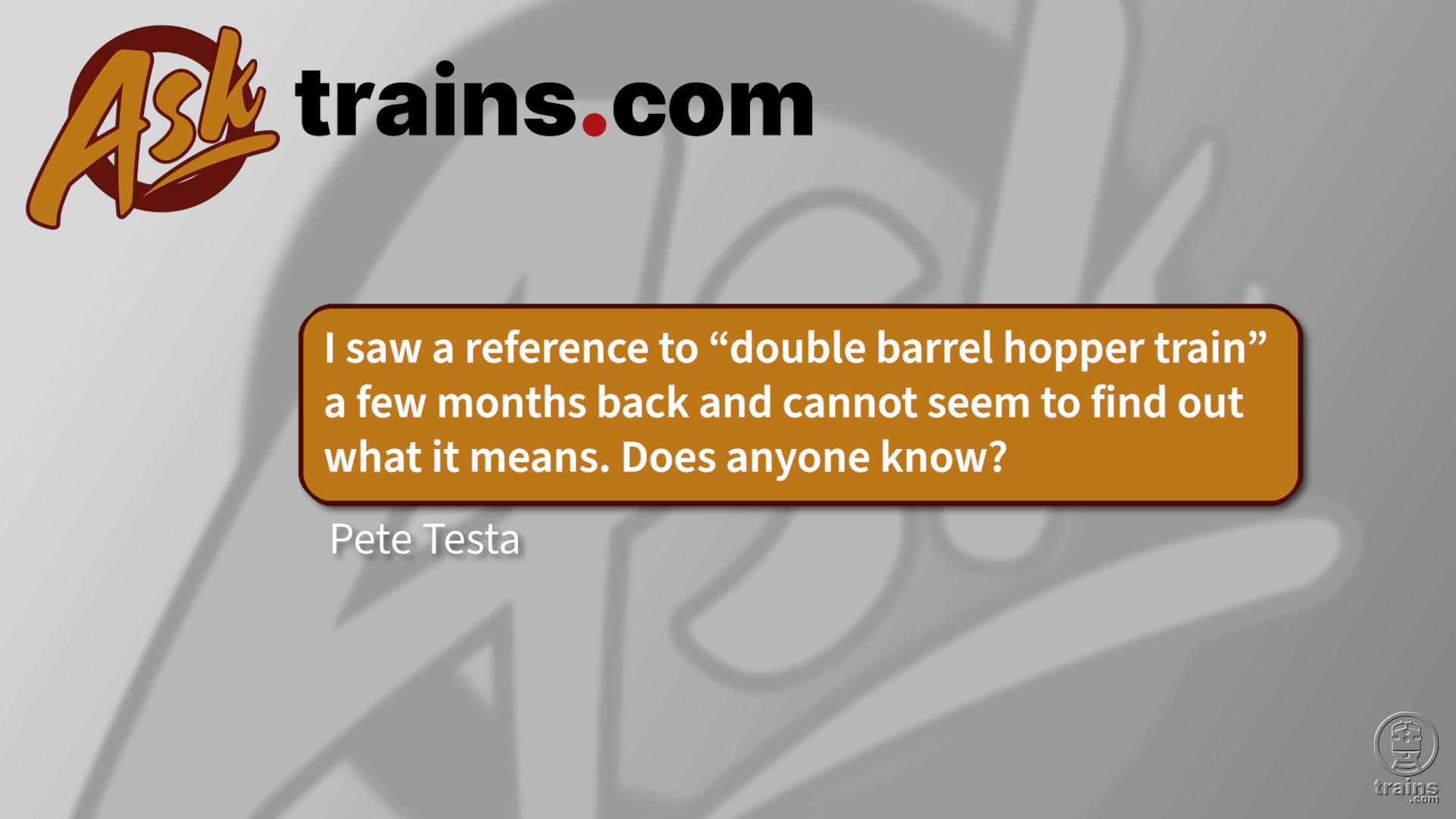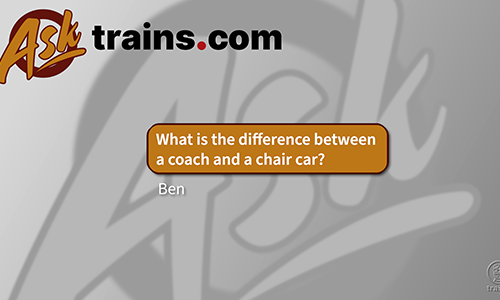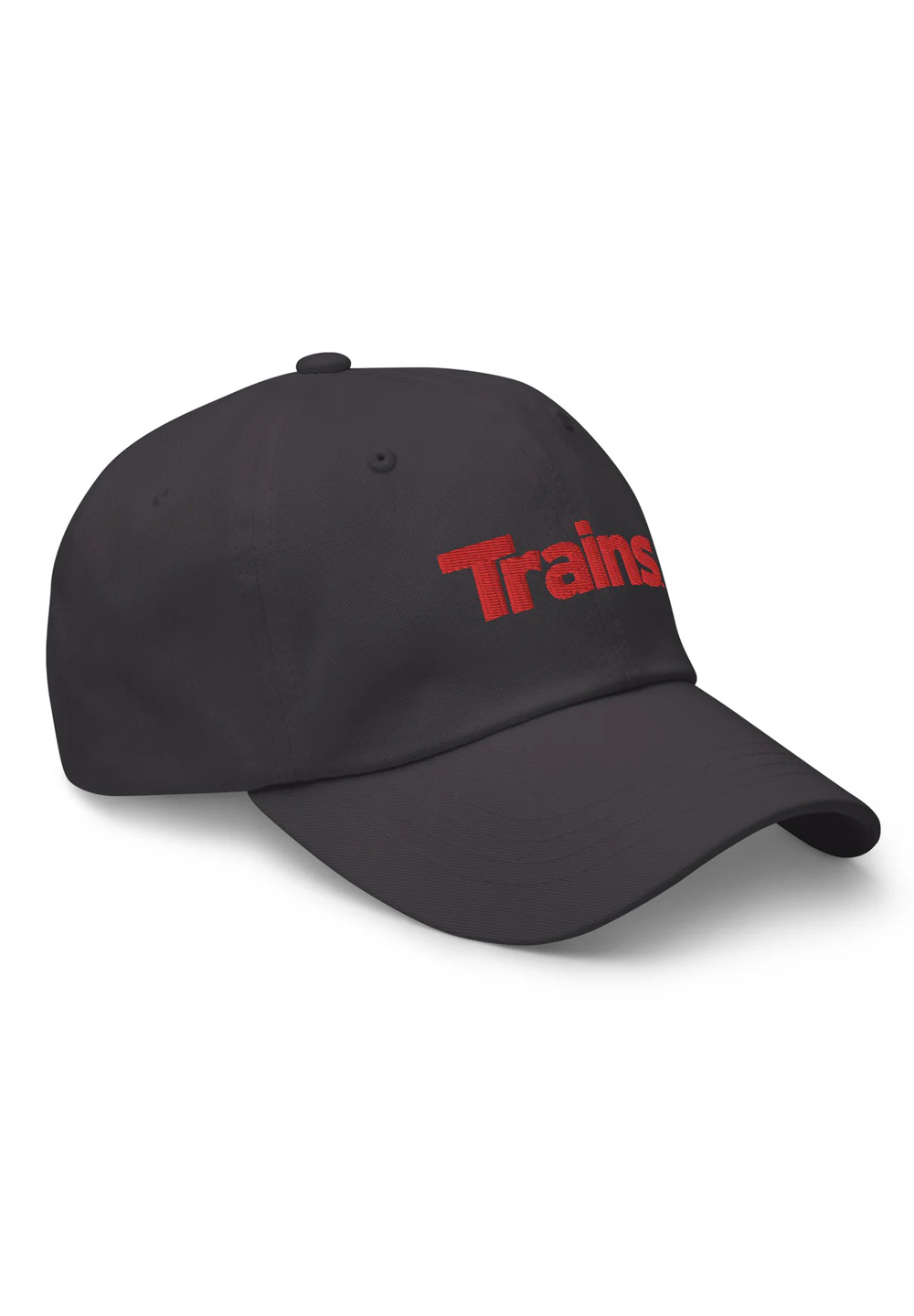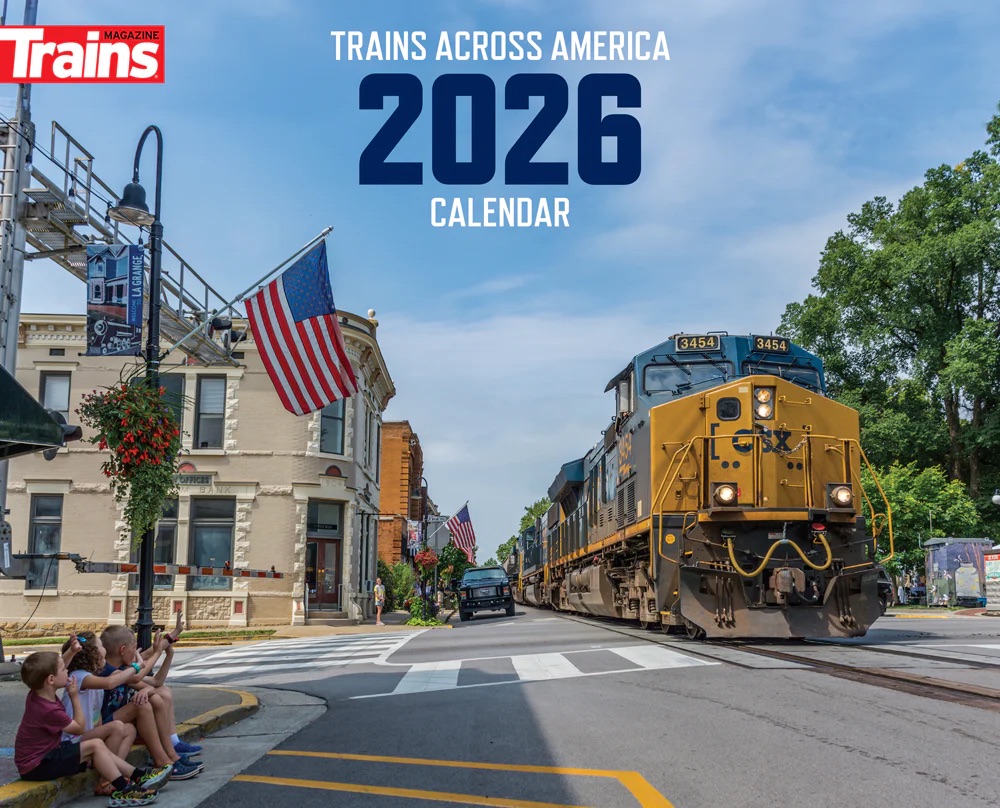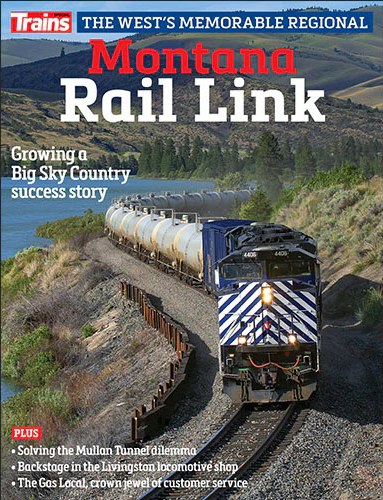A: Great question! As an articulated locomotive, the Big Boy’s boiler is rigid while the front drivers move relatively freely and are connected to the remainder of the locomotive by an articulation joint and the necessary pipes and tubes. Big Boy researcher and historian John Bush, of Omaha, Neb., tells Trains that Big Boys, specifically, have a large steel casting with a wide flat surface made of brass under the boiler and above the frame that the front engine slides underneath as the locomotive moves.
Even more, “Spring rigging apportioned weight through each of the engines, front and rear, keeping it as constant across all axles and journals as possible via the equalization system. On the front engine equalization rigging tied the pilot truck and all four driving axles together,” Bush says. “On the rear engine, it started at the first driving axle and passed all the way to trailer. This was a very carefully designed system and accepted all vertical movement, virtually no movement other than vertically was transmitted to the hinge pin.” — Trains staff





